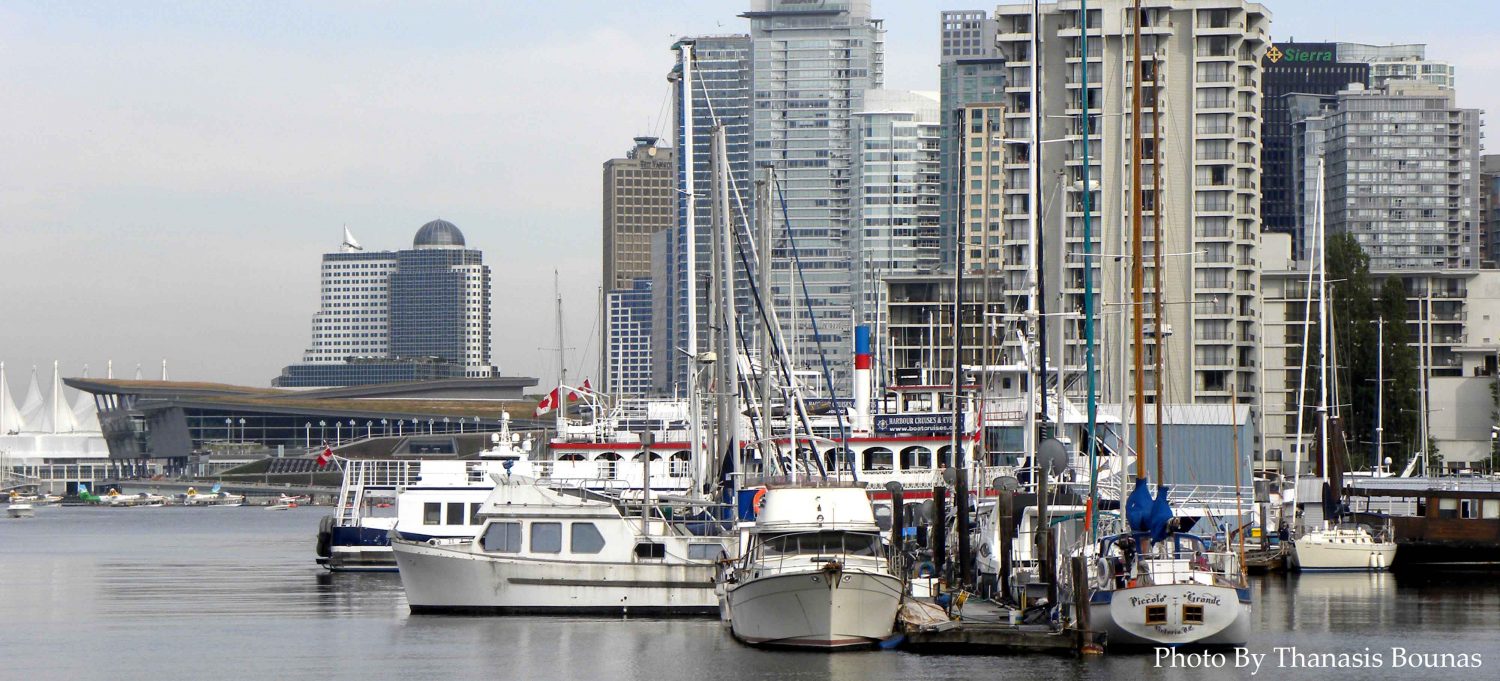
Between Two Cities
Nestled between Burnaby and Coquitlam in British Columbia, Canada, the community of Burquitlam has long stood as a bridge between two worlds — urban and suburban, past and present.
Its name itself is a blend of the two cities it connects: Bur from Burnaby and quitlam from Coquitlam.
Though today it thrives as a transit-oriented neighborhood, its history reflects a century of gradual transformation from forested land to one of Metro Vancouver’s most dynamic urban centers.
Early Beginnings
Before European settlement, the land that would become Burquitlam was part of the traditional and unceded territory of the kʷikʷəƛ̓əm (Kwikwetlem) First Nation.
The area’s forests, creeks, and ridges were rich in wildlife and resources that sustained Indigenous communities for generations.
Trails and waterways connected this territory to nearby regions, forming a natural network of trade and travel long before modern roads appeared.
These deep-rooted connections continue to shape the land’s identity and stewardship today.
Logging, Farming, and Settlement
In the late 19th and early 20th centuries, settlers arrived in the region, drawn by fertile soil and access to the expanding railway.
Logging became one of the first major industries, clearing dense stands of cedar and fir that once covered the slopes between Burnaby Mountain and Coquitlam.
Small farms soon followed, producing dairy, fruit, and vegetables for local markets.
Though modest in population, early Burquitlam was defined by self-sufficiency, hard work, and close community ties.
A Neighborhood Takes Shape
By the 1950s, Burquitlam had grown into a distinct neighborhood — part of Coquitlam but shaped by its proximity to Burnaby.
Residential development spread along Clarke Road, and small commercial hubs emerged to serve families settling in the area.
Schools, churches, and local parks became gathering places that fostered a strong community spirit.
While larger cities expanded rapidly, Burquitlam retained a quieter, small-town charm on the edge of urban life.
The Arrival of Transit and Change
The most transformative chapter began in the 21st century with the extension of the SkyTrain Evergreen Line.
The opening of the Burquitlam Station in 2016 marked a new era, connecting the neighborhood directly to Vancouver and the rest of Metro Vancouver.
High-rise developments, public plazas, and improved infrastructure reshaped the landscape, turning Burquitlam into a model for sustainable, transit-oriented growth.
Yet despite rapid development, the community continues to honor its history and natural surroundings.
Balancing Growth and Green Space
Modern Burquitlam, British Columbia, strives to balance urban density with access to nature.
Parks such as Miller Park and nearby Burnaby Mountain Conservation Area provide green refuge amid new towers and transit corridors.
Community planning emphasizes walkability, inclusivity, and the preservation of neighborhood character.
It is a place where modern living meets respect for the past — a balance many cities aspire to achieve.
In Reflection
The history of Burquitlam in British Columbia, Canada, is a story of connection — between people, places, and times.
From Indigenous lands to pioneer farms, from postwar neighborhoods to a modern urban hub, each era has added a new layer to its identity.
Today, Burquitlam stands not just between Burnaby and Coquitlam, but between tradition and transformation — a living symbol of Metro Vancouver’s evolution.







Be the first to comment